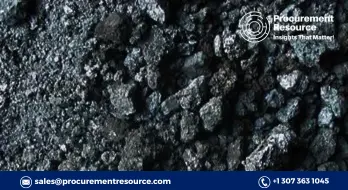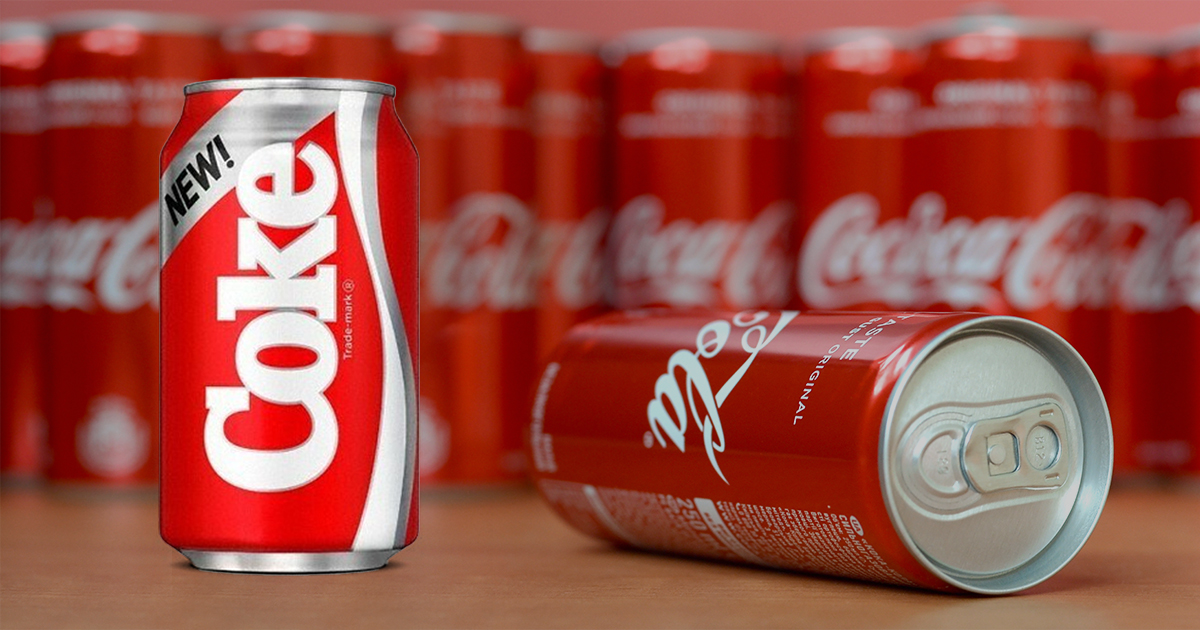Met Coke Prices Will Continue Their Bullishness Amid Easing Trade Between China And Australia

In Q1 2023, the seaborne metallurgical coal market is expected to perform well due to rising expectations for improved trade relations between China and Australia and the potential for inclement weather in Queensland.
At the conclusion of the quarter, the benchmark Platts premium low-volatile hard coking coal price, based on FOB Australia, rose USD 24/mt, or 9 percent, while PLV CFR China jumped USD 7/mt, or 2 percent, to USD 315/mt.
China will Play an Important Role in 2023 for Met Coke
Global spot trades of seaborne met coal saw a significant dip by 52 percent annually in 2022 to 9.8 million mt. A total of 193 spot transactions for seaborne met coal, including premium second-tier, semi-hard, and semi-soft coking coal as well as pulverized coal injection coal were used in steelmaking.
In comparison, 20.6 million mt of spot trades were recorded previously in 2021. Premium hard coking coal (PHCG), which made up 83% of all sales recorded for 2022, was found to be more prevalent than pulverised coal infection (PCI) coal. 90 percent of the PHCC spot transactions observed were for cargos destined for markets outside of china for 2022.
Request Access For Regular Price Update of Met Coke
According to some market participants, the spot market may be nearing its conclusion due to better geopolitical relations between China and Australia, which may result in China once again purchasing spot Australian coal in 2023.
As per several market sources in China, Singapore, and Indonesia, China is close to lifting a more than two-year-old unofficial ban on Australian thermal and coking coal imports for its power and steel plants as it looks to diversify its procurement sources and lessen trade flow disruptions as a result of the Russia-Ukraine war.
Total Spots Deals Witnessed in 2022 Totaled 9.8 million MT, a Decrease in Spot Liquidity from Prior Years
Due to existing regional free trade agreements, metallurgical coke and coke imports, with the exception of Australia and Indonesia, will no longer be subject to zero import duties by March 31, 2023.
The spot demand for high strength, low ash, and low sulphur Australian met coals to feed the Chinese blast furnaces will sharply increase if china opens to Australia and tariffs are favourable to Australian coal. This could result in upward price pressures.
Disconnection Between Met and Thermal Coal is Expected to Persist
Met and thermal coal are likely to remain distinct. Despite an increasing trend in met coke price lowering and price disparity between the two coals, the disparity between the met and thermal coal markets may persist in the first quarter of 2023.
A global supply-demand imbalance in the thermal coal market was observed in 2022 as a result of weather-related issues in Australia and Indonesia as well as the Russia-Ukraine war outbreak.
After the Russia-Ukraine conflict started, thermal coal prices shot through the roof before stabilising at a high level. Europe will switch to marine thermal coal as a fuel because of a shortage in gas supply in the coming summer, the market participants anticipate a rise in marine thermal coal prices. The EU’s decision to cap gas prices, however, is anticipated to restrain a price increase.
FOB Australia Price Trajectory
In Q1, 2023, the export prices for different grades of met coal from Australia are likely to be driven by factor related to supply and demand such as Queensland weather pattern and the anticipated worldwide steel demand. Additionally, the price of thermal coal will continue to be closely monitored throughout the North Hemisphere’s winter months for insights about PCI and semisoft coking coal prices.
If Chinese coal imports resume in Q1, the interplay between CRF China and FOB Australia might likewise experience enhanced correlations. With certain exceptions in period of global supply interruption brought on by storms in Queensland, the world centre of met coal production, CFR china pricing used to be a ceiling FOB Australia. Prior to the unofficial import ban, the average price differential between PLV CFR China and FOB Australia were around USD 18/mt.
Read More About Met Coke Production Cost Reports - REQUEST FREE SAMPLE COPY IN PDF
As per Procurement Resource, the seaborne metallurgical coal market is anticipated to perform well in 2023 due to rising hopes for improved trade relations between China and Australia and the possibility of harsh weather in Queensland. At the end of the quarter, the PLV CFR China increased by USD 7/it, or 2%, to USD 315/mt, while the benchmark Platts premium low-volatile hard coking coal price, based on FOB Australia, increased by USD 24/mt, or 9%.


.webp)
